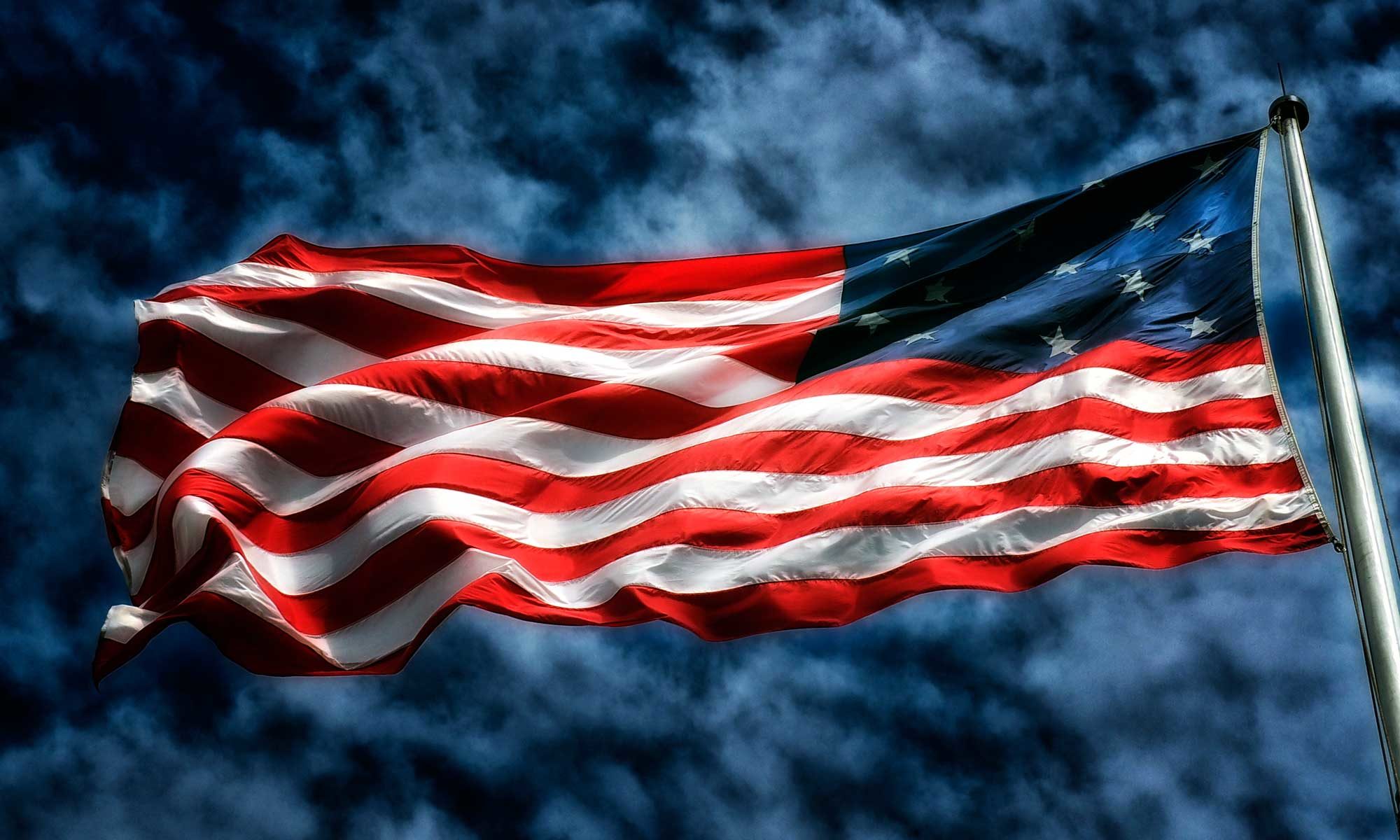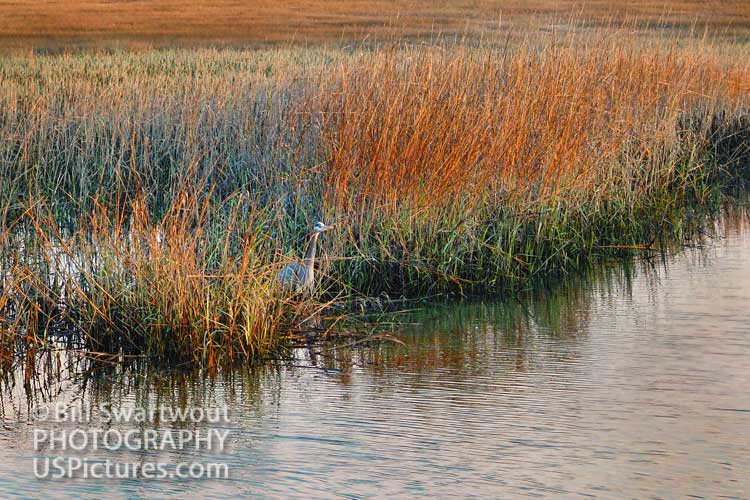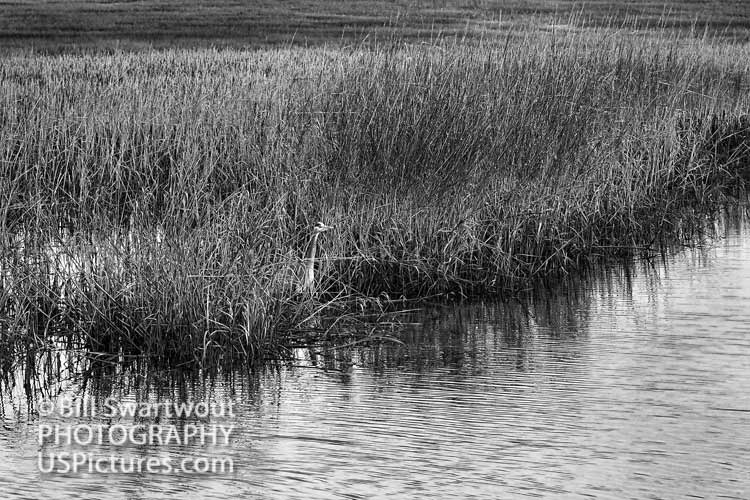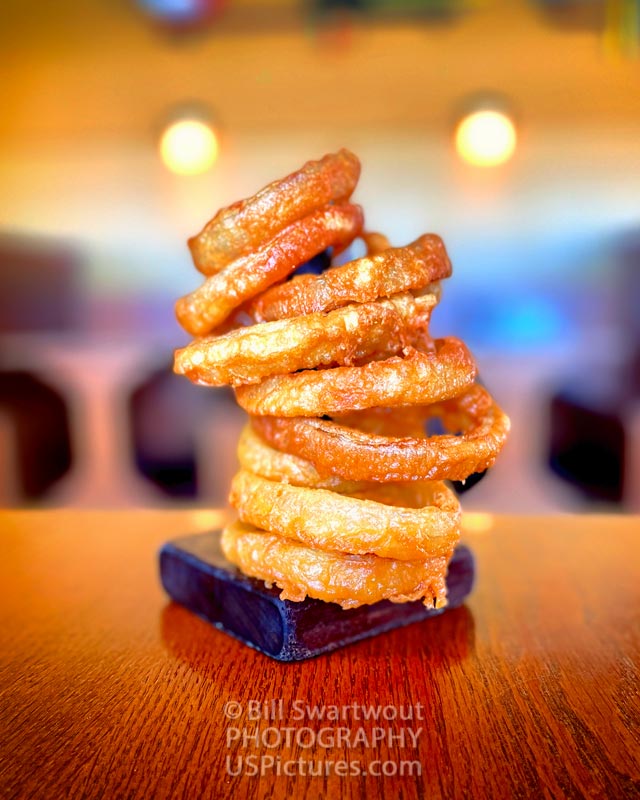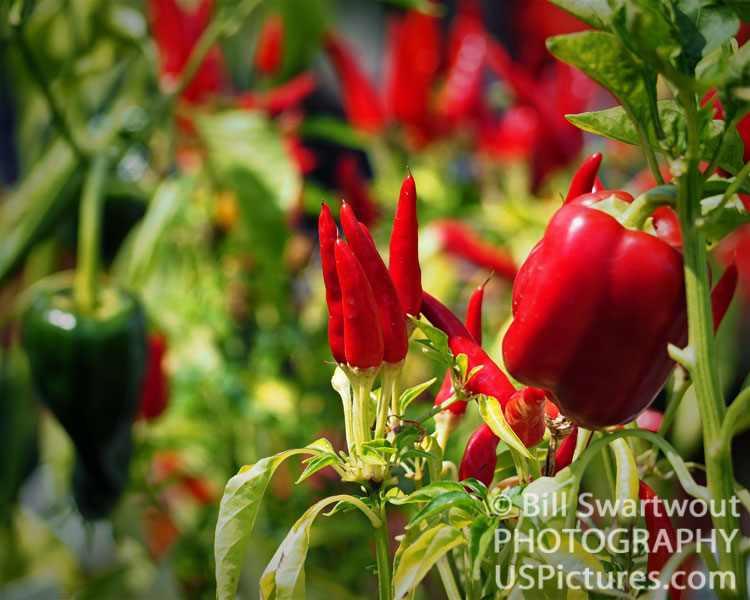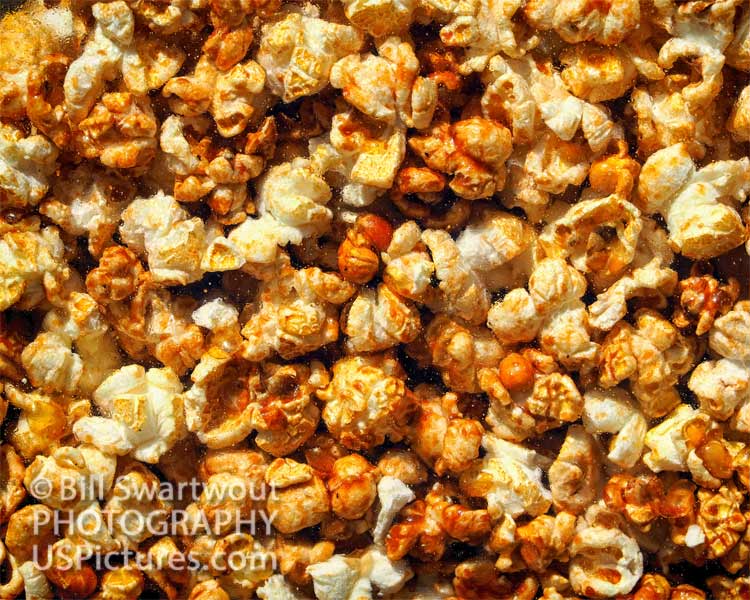It’s usually a good bit warmer here than back home in Delaware.
So, you’ve decided to join the flock of snowbirds and head down to Myrtle Beach in January. You might be thinking, Am I crazy? Isn’t it cold down there? Well, I’m here to tell you that while the rest of the country is shivering, Myrtle Beach is enjoying some surprisingly warmer weather. It’s like a secret paradise for those seeking refuge from the icy grip of winter.

But don’t think that a trip to Myrtle Beach in February will be your typical winter escape. Sure, it may not be as hot as midsummer, but you’ll still find plenty of sunshine and outdoor activities to keep you entertained. From beach walks with your toes in the sand to golfing on world-class courses, there’s no shortage of ways to enjoy the milder temperatures and take advantage of fewer crowds. February is like that one friend who always has an extra sweater handy – surprisingly warmer than expected.
When March rolls around, you’ll feel like you’ve hit the jackpot with even more pleasant weather. The ocean breeze becomes gentle and inviting—a perfect backdrop for leisurely strolls along the boardwalk or sipping cocktails at beachside bars. Plus, you can catch some early spring events and festivals without worrying about battling through summer throngs just yet. So pack your bags, snowbird! Myrtle Beach is waiting for you with open arms and warmer temperatures than you’d ever expect during these off-season months!
